How the Manila Galleon Trade spiced up the World’s Kitchens Part 2 of 2
The Spanish paprika in my family’s bean stew, the Chinese chili sauce in asado siopao, and the sili kulikot in Filipino sisig all originated from the chilis of Mexico. The distribution of the chilis to Europe started in the 15th century with Columbus. In the succeeding centuries, the chili in everyone’s kitchen came from Mexico via the Manila Galleon Trade.
The Philippines, China, and Spain — the primary countries linked to the Manila Galleon Trade — were the first to enjoy the chilis of Mexico. As the variety of Mexican chilis circulated around the globe, other countries processed or blended spices into their chili of choice to make their own signature flavors.
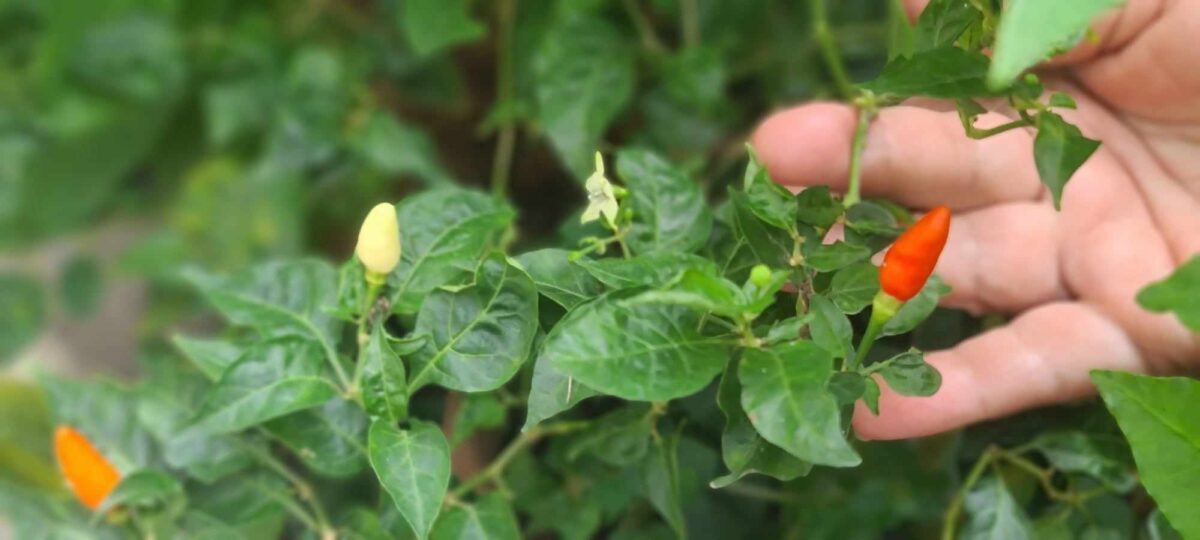
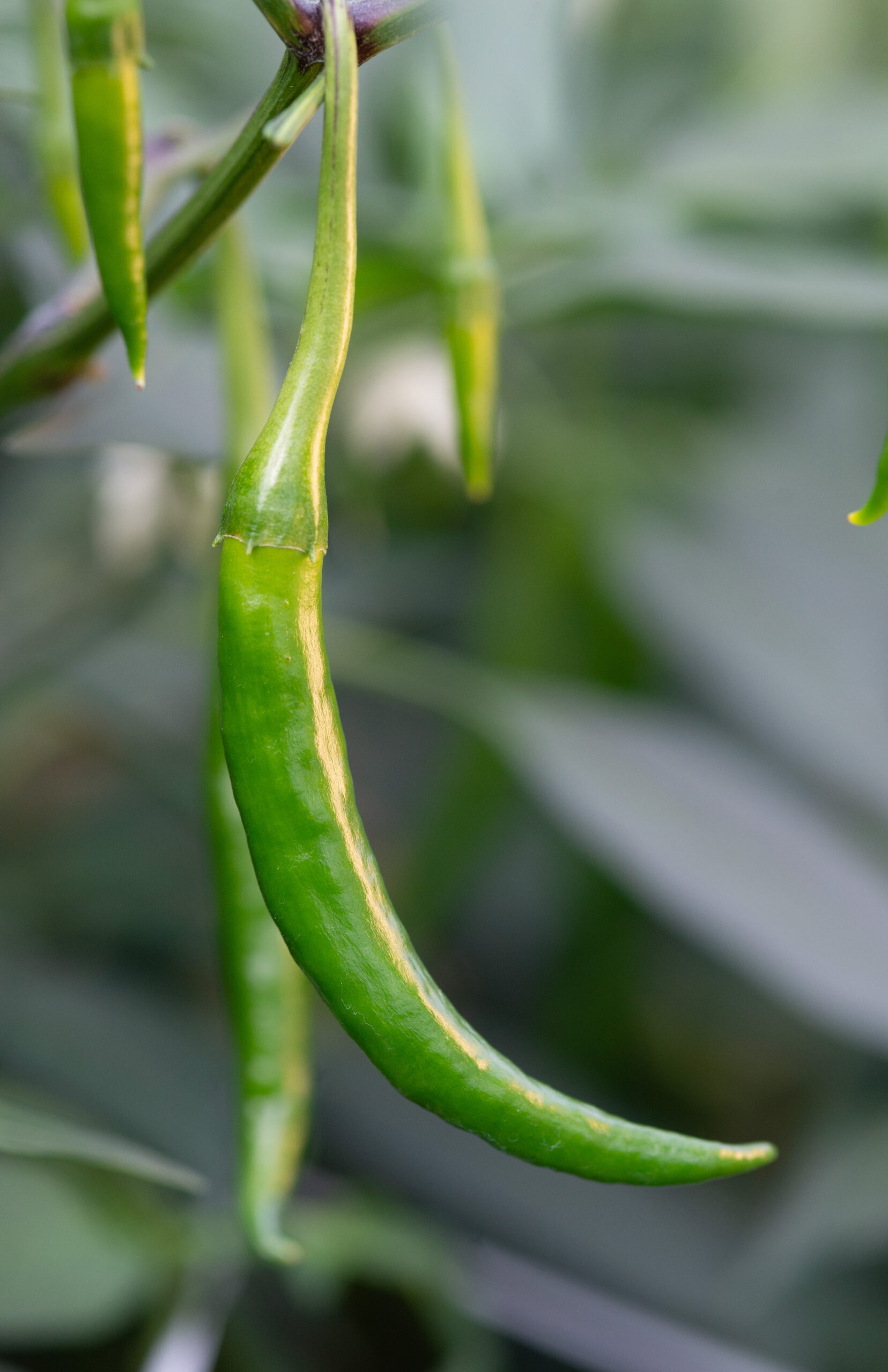
Introduced Species
Kulikot sounds very indigenous. And because I grew up hearing its name, I initially couldn’t believe it wasn’t local. But it is an introduced species just like the rest of the crops mentioned in the Filipino Bahay Kubo folk song.
Charles Mann, author of 1493, Uncovering the World Columbus Created, says, “the botanists in Manila chuckled as they wrote down the lyrics (to the Bahay Kubo). Every single one of these age-old traditional garden plants, they said, is in fact an introduced species, native to Africa, the Americas, or East Asia.”
Mexican staples in Philippine Kitchens
Sinkamas, mani, sitaw, and patani came from Mexico. Potatoes, maize, squash, and cassava did too. Pineapple, papaya, avocado, chocolate and more, came to us from Mexico on the Spanish galleons. (Mangoes came from India, in case you’re wondering.)
Birth of the Galleon Trade
In his book 1493, Mann relates the most vivid description of the Galleon Trade that I have so far encountered.
The Galleon Trade was first contracted in 1570 on the beach of Maujao, Mindoro by Juan de Salcedo, grandson of conquistador Miguel Lopez de Legazpi. He was in Mindoro looking for Chinese traders.
Chinese junks were in Mindoro at that time on their annual visit to trade for Philippine gold and beeswax. Salcedo invited the Chinese to trade and the merchants came to Manila in 1572.
Why Spain wanted to trade with China
1493: Uncovering the New World Columbus Created by Charles C. Mann
“(The city of) Zaytun, one bay north of Yuegang, was the eastern terminus of the maritime Silk Road… It had several hundred thousand people crammed into the littoral beneath the hills, was one of humankind’s richest, most populous cities. Little wonder that (Marco) Polo’s account inspired people like Colón (Columbus) to dream of going there!”
150 thousand tons of Silver
The Chinese traders were interested to trade for silver. The metal was used as currency by China where they had diminishing supply of it. The Spanish had lots of the precious metal, which came from the Americas — from the mines of Potosi, Bolivia.
American Indians and African slaves processed silver with mercury in harsh conditions. Mercury was mined in Huancavelica, Peru. Silver mining is dangerous and mercury exposure is lethal. Workers at Huancavelica shook from mercury poisoning after working for just two months . Some American Indian mothers maimed their children so they would not be made to work in the mercury mines.

(Map is a screenshot from Google Maps.)
The Manila Galleon Trade Route
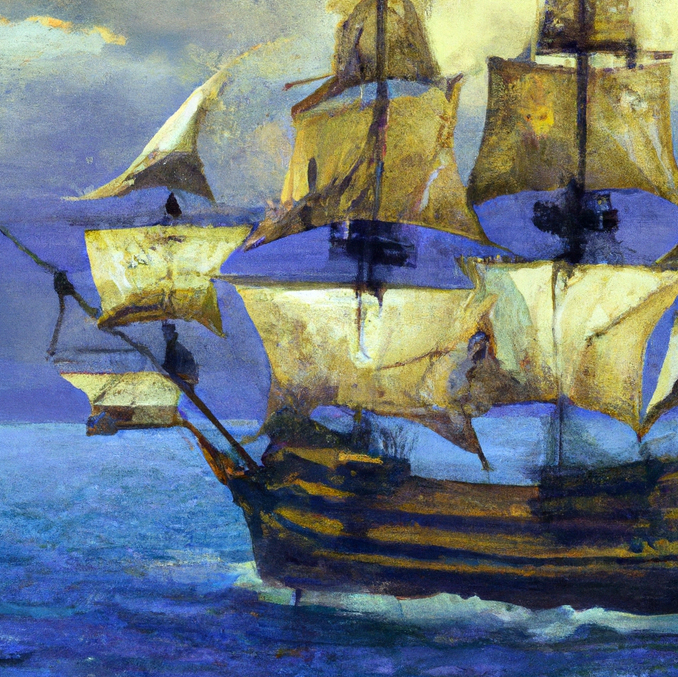
From 1572 to 1815, the Manila Galleon Trade connected Yuegong in Fujian, China — to Manila, Philippines — to Acapulco and over the mountains to Vera Cruz in Mexico — to Havana, Cuba — and to Seville, Spain.
The Spanish galleons never went to China because the Chinese emperors disallowed Europeans to come. According to Mann, the Spanish court concluded that China was too big to conquer.
The Chinese junks came to Manila where the Chinese traders built the world’s first China Town. Manila became a critical link in the birth of the global economy.
The Columbian Exchange: Silver for Silk and Porcelain
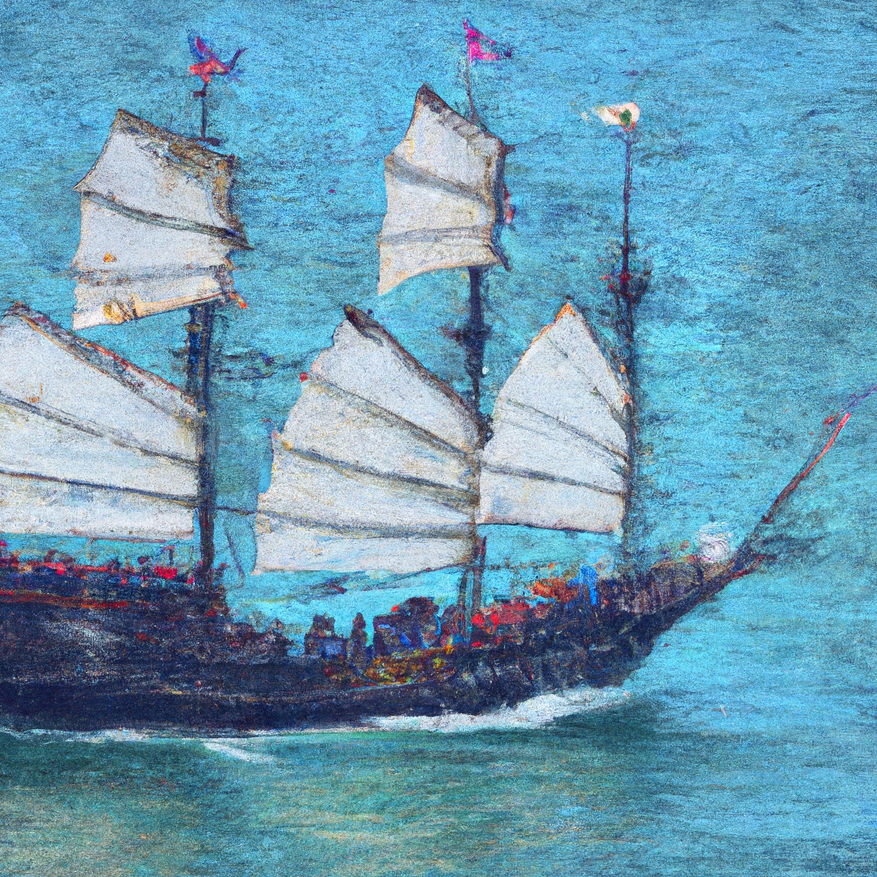
On the other end of the Galleon Trade, silk, cotton, iron, sugar, flour, chestnuts, oranges, lacquerware, tables and chairs, cattle, horses, and anything the Chinese thought would be salable were loaded on the junks.
The traders packed rice and water in between porcelain plates. The rice paste would keep the plates intact during the 10-day voyage between Yuegang and Manila. During the trip, the junks were wary of Dutch, Chinese, Japanese, and other pirates.
On their homeward voyage, the Chinese merchants smuggled American crops.
Sweet potatoes, maize, and cassava were among the Mexican crops that sustained a subsequent population boom in China. Chinese farmers destroyed forests to plant these food crops and tobacco — also an American crop. The planting of single crops on a field resulted in devastating floods.
Chinos in Mexico
from 1493: Uncovering the New World Columbus Created by Charles C. Mann
In the early 1600s, Japan instituted a closed country policy which stranded some Japanese warriors in Manila. These Japanese migrated to Mexico where they became the first foreigners allowed to carry weapons. They became guards at the silver trail. Eventually, more Asians — Thais, Vietnamese, Malays, etc. — boarded the galleons to work in Mexico. The Spanish called them collectively as chinos.
Filipinos in the Galleon Trade
The giant galleons were built in Manila Bay. Filipinos also provided sailors to man the galleons. Many of these Filipinos would never come home to the families who missed them. They jumped ship in Acapulco, unwilling to endure another trip on the Pacific.
Too much Silver
Spain used its silver to pay its debts, finance its wars, and build its empire. But as more silver flowed into Spanish coffers, the more the value of silver plunged.
In China, silver was the solution that turned into a problem too. The empire had based taxes on the weight of silver which diminished in value as its supply increased.
(Aside from the economic effects of the Galleon Trade, Mann also talks about other effects in his book. He includes the transmission of disease and environmental degradation.)
The Homogenocene: the Old and the New World come together
The Ms. Universe pageant is a showcase of migration and coupling of different peoples. Today, it also shows more acceptance of diversity. Ms. America in the 70s was Caucasian. In 2022, Ms. America, who also won the Ms. Universe crown, was half Filipino. With many contestants having mixed parentage, the pageant reveals that we live in a world that is increasingly coming together.
Columbus linked the Old and New Worlds together and the Manila Galleon Trade accelerated the world wide-connection. Mann says Columbus’ voyages marked the beginning of a new biological era: the Homogenocene. It is defined as the homogenizing or mixing of unlike substances to create a uniform blend. More and more, we will be seeing Ms. Universe contestants who have the similar features.
And it’s not only happening to humans but to food and culture as well. Here’s a Philippine example: in a visit to Tagaytay, my son pointed out that a lot of the stuff sold at the pasalubong or souvenir centers were the same stuff we see at home.
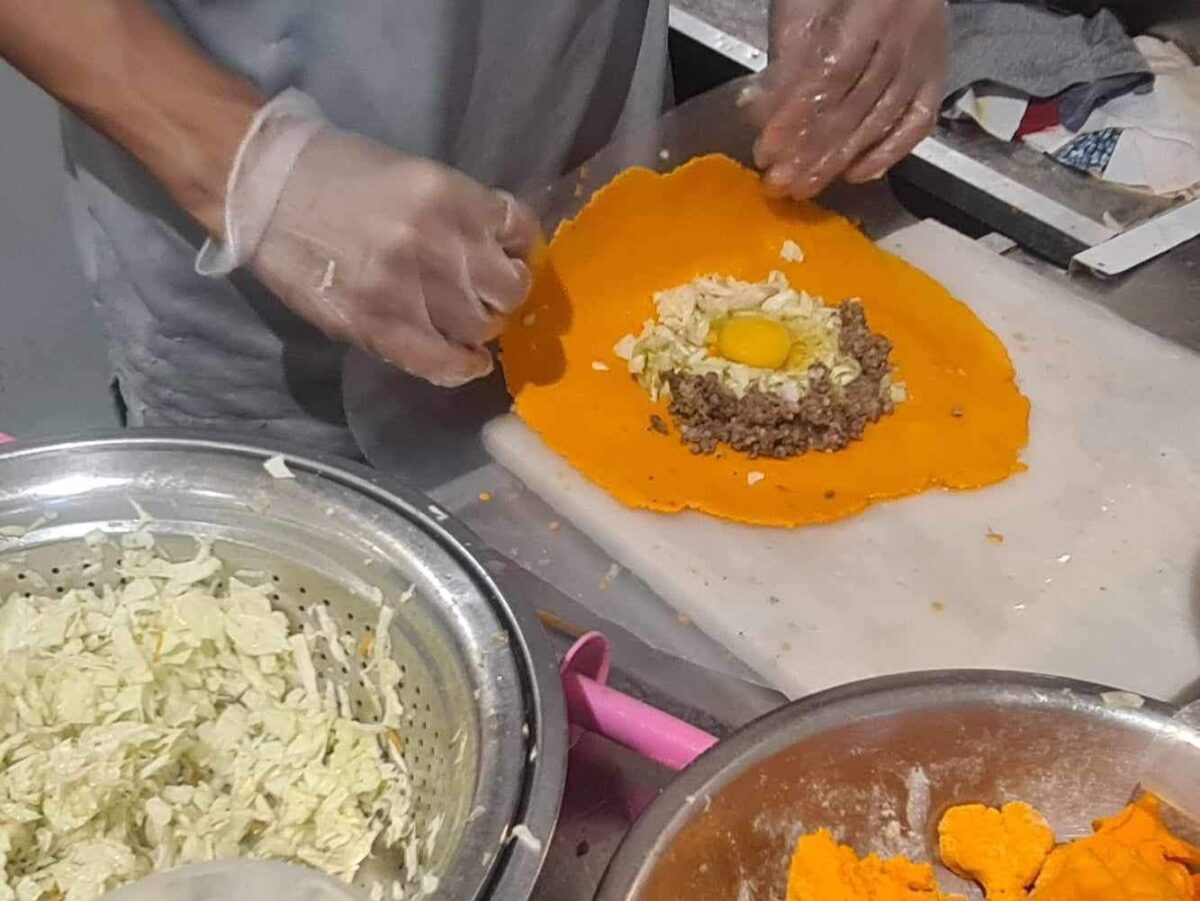
The International is now Local
At home in Cebu, different types of food have become available including the Ilocano empanada. International food proliferate too. There are Japanese, Korean, and Indian groceries. The international aisle of supermarkets have Thai sriracha and Peruvian peppers.
There is a Spanish grocery here now. I can no longer use the excuse that Spanish chorizos are unavailable and that’s why I’m putting Chinese chorizos in my fabada. So, this time, I cooked fabada with the expensive faba beans and a Spanish chorizo. We enjoyed it.
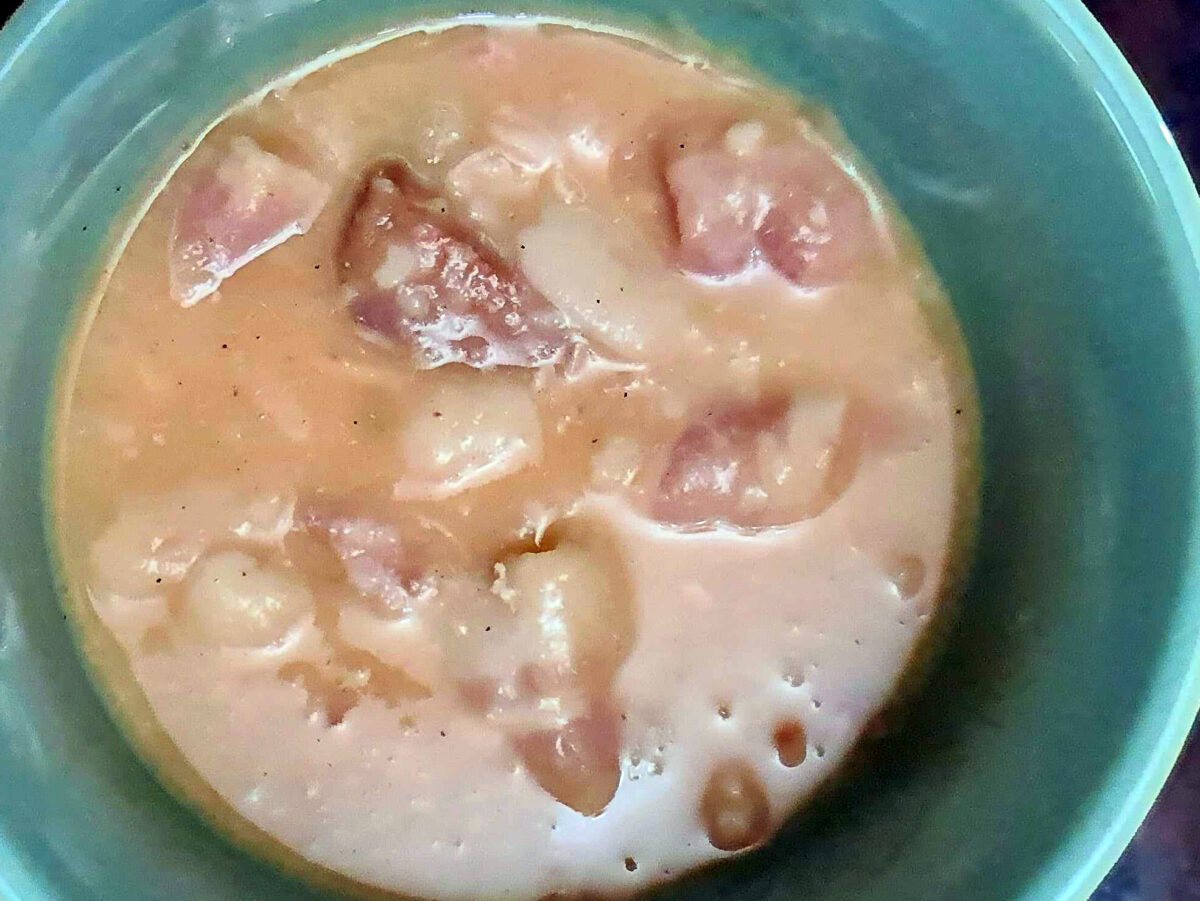
After a week, I cooked a version without chorizo and I used P150/kilo white beans. We also liked this cheaper dish. When we ate the left overs of the cheaper version, we had Chinese and Spanish chorizos on the side. We wanted to see which was the better chorizo for this dish.
The prominent difference is that the Chinese is sweet while the Spanish is sour. The verdict: each chorizo has its own charm. Let’s just say that using Chinese chorizos is another way to enjoy this Spanish dish.
—- ⬤ —-
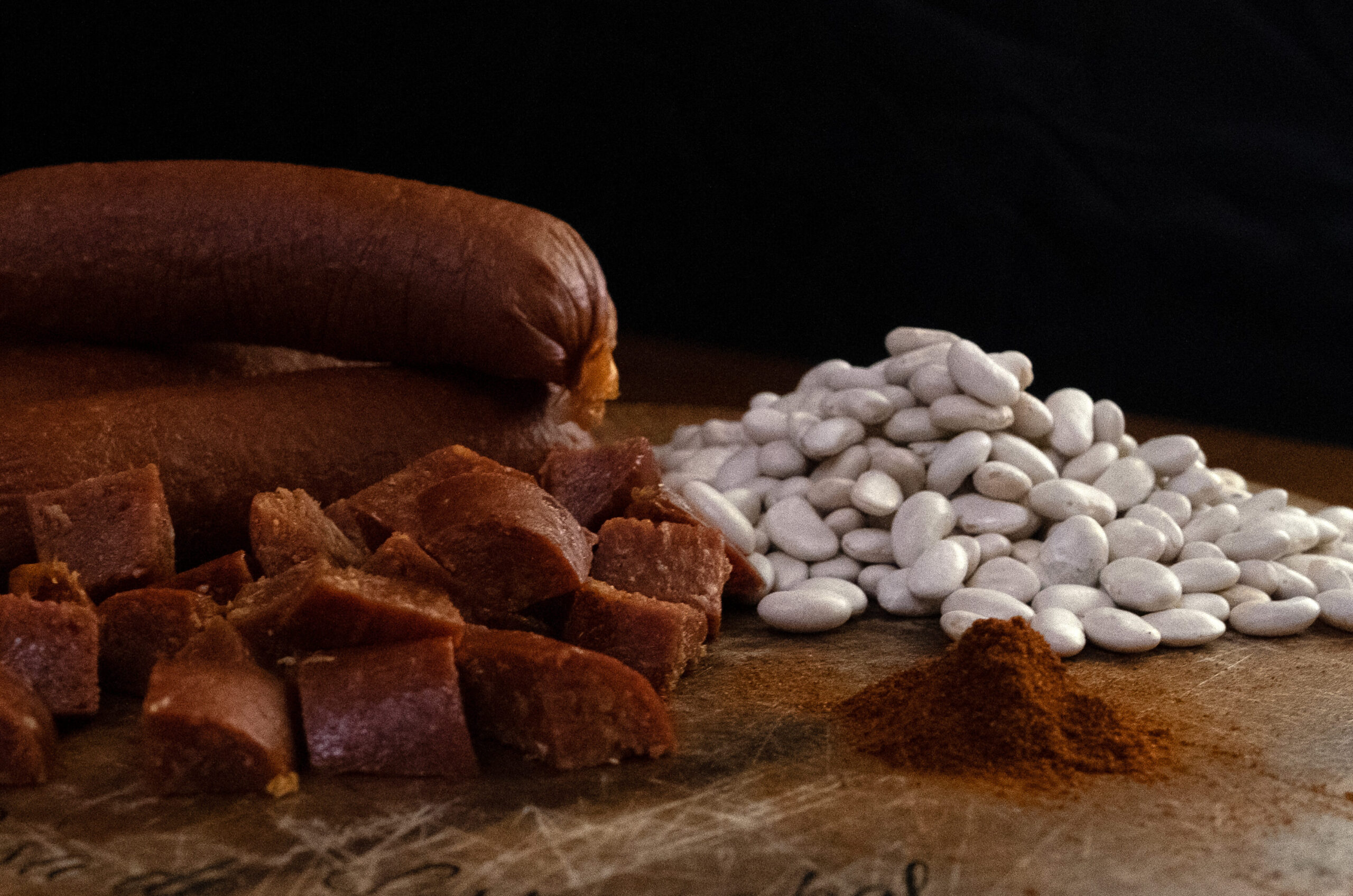
Manila Galleon Trade
Go to Part 1
—- ⬤ —-
End Notes
Family Cooking tip: when cooking tomato based sauces or dishes like bacalao or spaghetti: simmer the tomato sauce until the red color turns orange.
Finally, I would like to thank the original native Americans who domesticated the tomato and other crops we enjoy on our table today. Their agricultural labors have truly spiced up and enriched our kitchens.
.

Leave a Reply